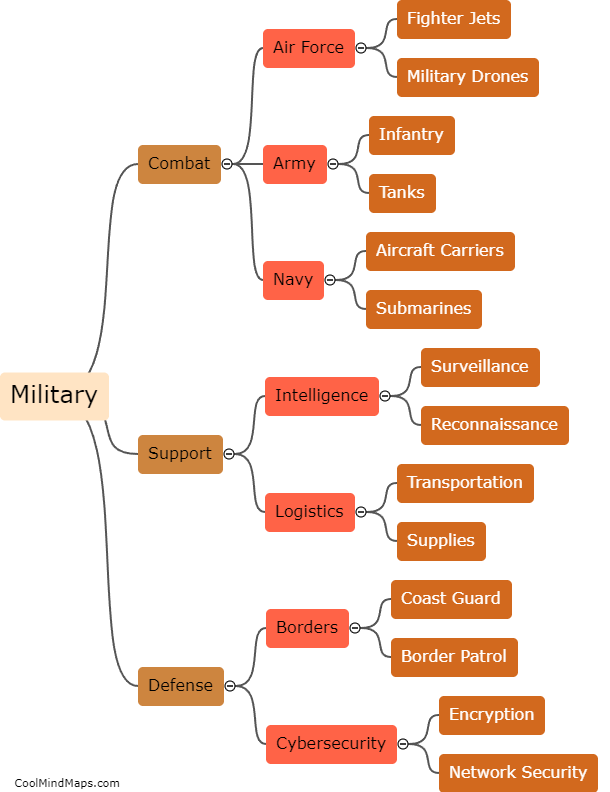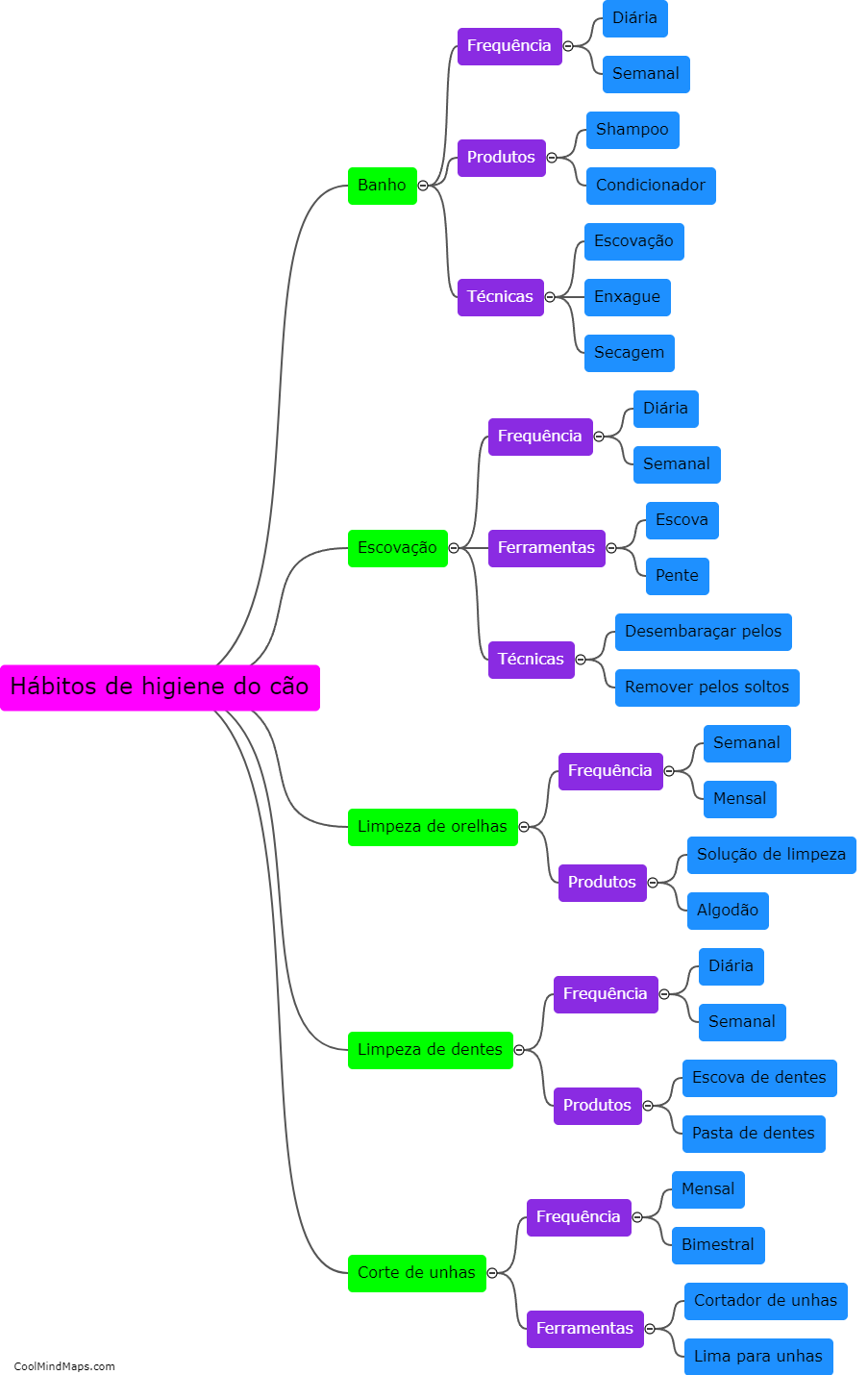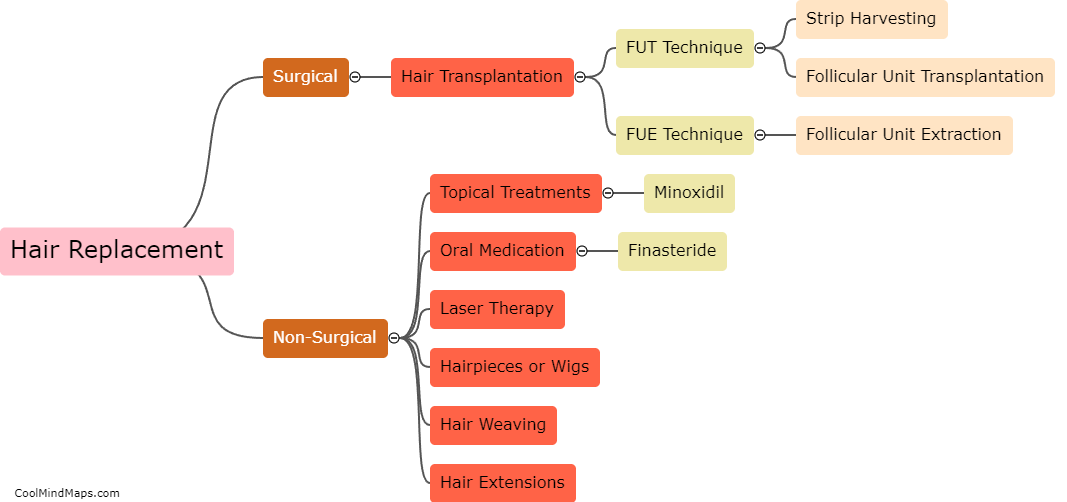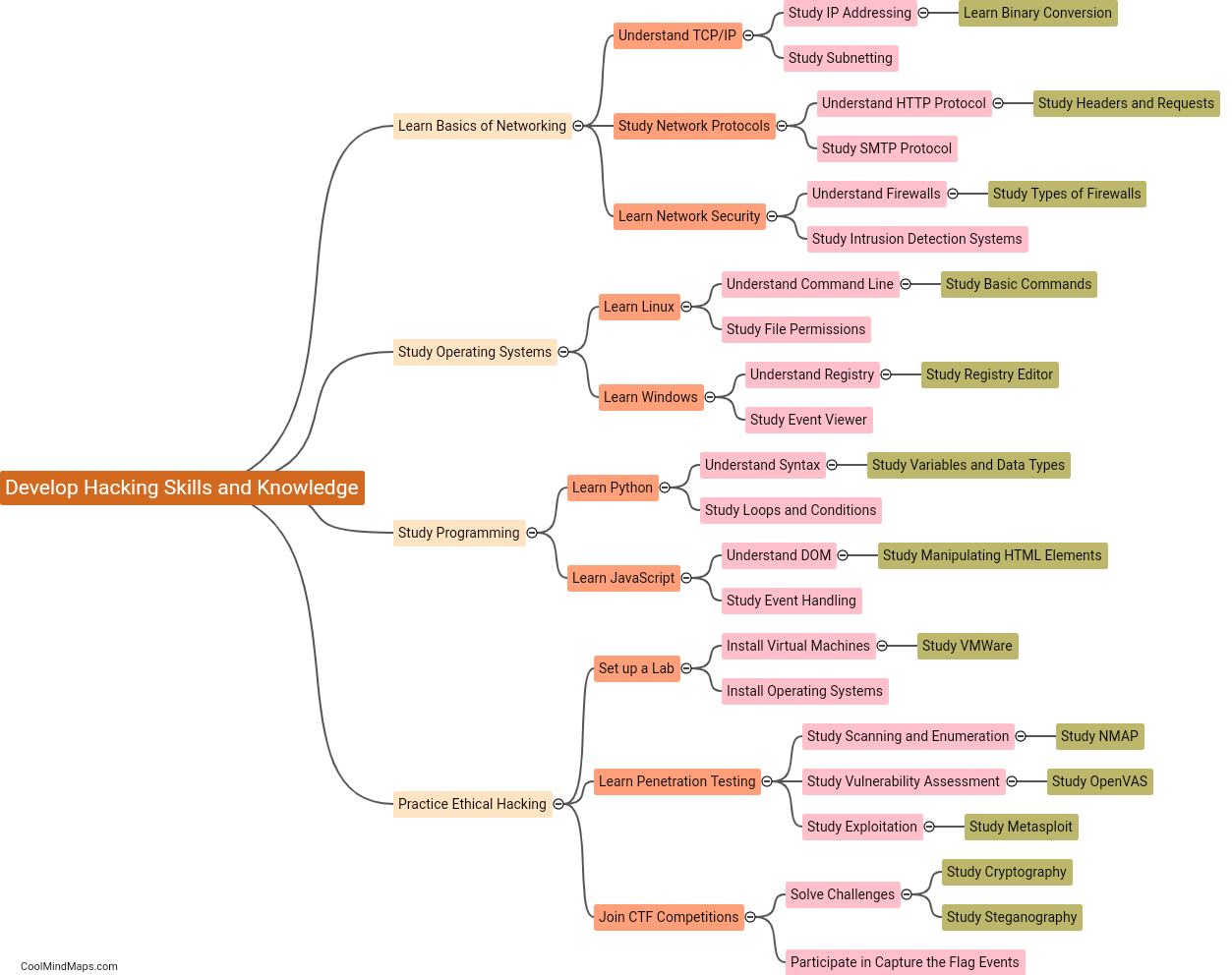What are the methods used in lithologic correlation?
Lithologic correlation refers to the process of establishing a link between rocks in different geologic units, regions, or outcrops based on their physical characteristics and composition. Several methods are used to accomplish this task. Firstly, lithologic similarity is often assessed by visual observation, comparing the color, texture, grain size, and mineralogy of rock samples. Petrographic analysis involves thin-section examination under a microscope, allowing for a more detailed study of rock components and structures. Stratigraphic analysis utilizes principles of superposition and fossil assemblages to infer the relative ages of rocks and establish correlations. Geophysical methods like seismic profiling and resistivity surveys can provide insights into subsurface lithology, aiding in correlation efforts. Overall, a combination of these methods is employed to accurately determine lithologic correlations, contributing to the understanding of geologic history and the interpretation of rock sequences.

This mind map was published on 21 July 2023 and has been viewed 105 times.











